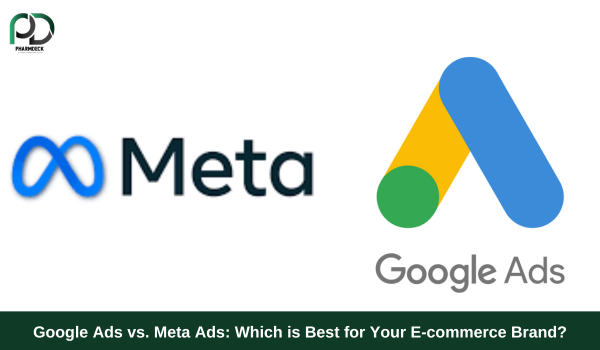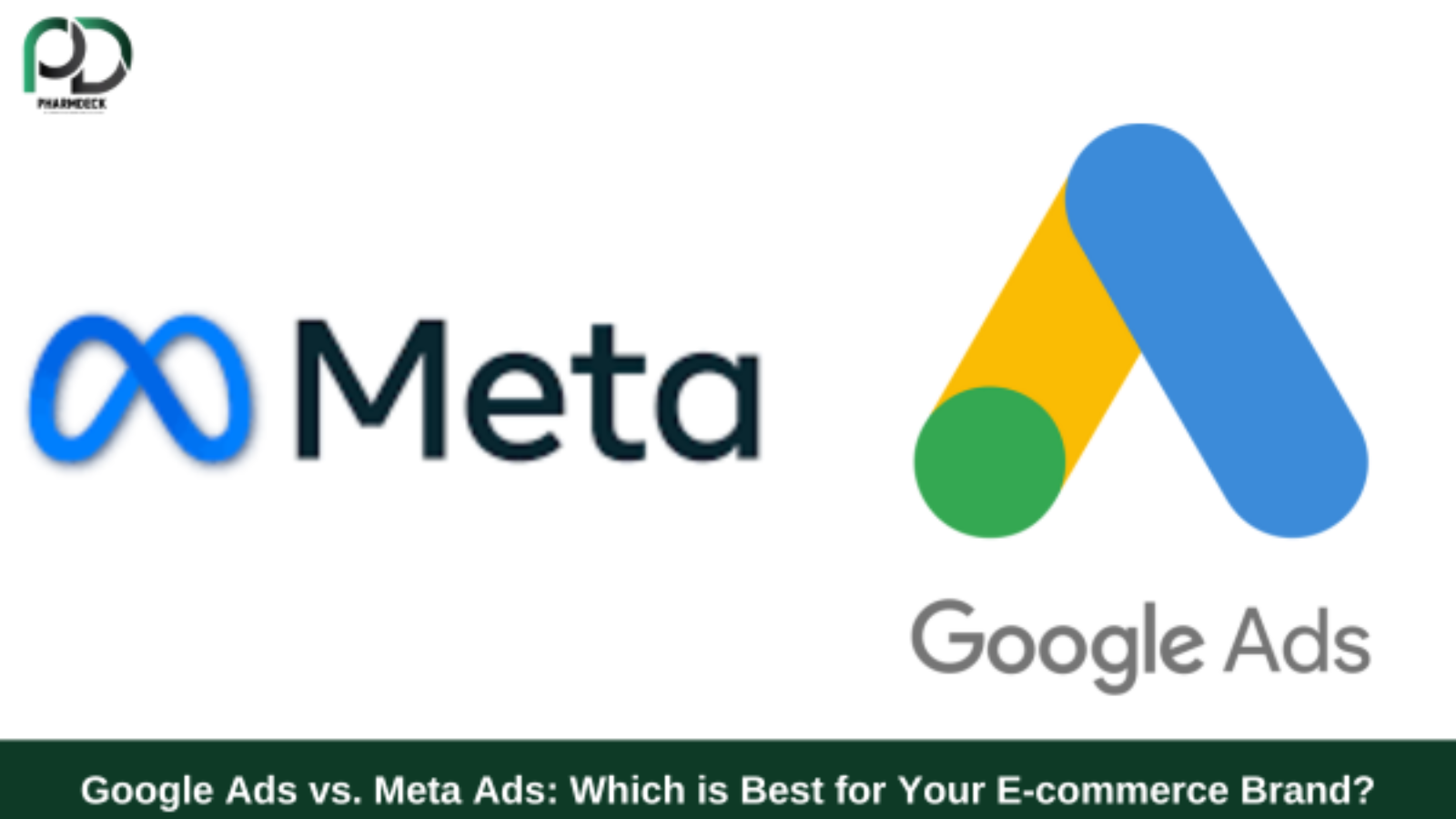
In the ever-evolving world of e-commerce, advertising plays a critical role in driving traffic, increasing conversions, and building a loyal customer base. Among the most popular advertising platforms are Google Ads and Meta Ads (formerly Facebook Ads). But which one is the best for your e-commerce brand? The answer depends on your business goals, target audience, and advertising strategy.
In this blog, we’ll dive into a detailed comparison of Google Ads and Meta Ads, helping you make an informed decision for your e-commerce brand.
What Are Google Ads?
Google Ads is a pay-per-click (PPC) advertising platform that allows businesses to display ads on Google’s search engine results pages (SERPs), YouTube, and the Google Display Network.
Advantages of Google Ads
- High Intent Traffic: Targets users actively searching for products or services.
- Extensive Reach: Google dominates global search traffic, providing access to billions of users.
- Diverse Ad Formats: Includes text ads, shopping ads, video ads, and display ads.
- Remarketing: Easily retarget users who’ve visited your website.
What Are Meta Ads?
Meta Ads leverage the vast user base of Facebook, Instagram, Messenger, and the Audience Network to display visually engaging ads.
Advantages of Meta Ads
- Detailed Targeting: Leverages user demographics, behaviors, and interests for precise ad targeting.
- Engaging Ad Formats: Includes carousel ads, video ads, stories, and reels, making it ideal for brand storytelling.
- Social Proof: Likes, shares, and comments build credibility and attract organic engagement.
- Lower Cost for Awareness Campaigns: Generally, more affordable for brand awareness compared to Google Ads.
Google Ads vs. Meta Ads: Head-to-Head Comparison
| Category | Google Ads | Meta Ads |
|---|---|---|
| Audience Intent | High intent (search-based) | Low intent (discovery-based) |
| Ad Formats | Text, shopping, video, display | Carousel, video, stories, reels |
| Targeting | Keyword and location-based | Behavior, interests, and demographics |
| Cost | Higher cost-per-click (CPC) for keywords | Lower CPC for engagement-based ads |
| Analytics | Google Analytics integration | In-depth audience insights |
| Best Use Case | Capturing ready-to-buy customers | Building brand awareness and engagement |
When to Use Google Ads for Your E-commerce Brand
- You Have a Search-Driven Audience: If your customers actively search for products, Google Ads is ideal. For example, “buy winter jackets” or “best smartphones under $500.”
- You’re Selling Niche Products: Target specific keywords to reach users looking for exactly what you offer.
- You Need Quick Conversions: Google Shopping Ads are excellent for showcasing products with pricing and reviews directly on SERPs.
When to Use Meta Ads for Your E-commerce Brand
- You Want to Build Awareness: Perfect for new brands looking to introduce their products to a wider audience.
- Your Products Are Visually Appealing: Meta Ads shine when you showcase stunning visuals, such as fashion, home decor, or food products.
- You’re Targeting a Socially Active Demographic: Meta Ads work well for younger, tech-savvy audiences who spend time on Instagram and Facebook.
Can You Combine Google Ads and Meta Ads?
Absolutely! Using both platforms strategically can maximize your e-commerce brand’s reach and ROI. For example:
- Google Ads can capture high-intent buyers searching for your product.
- Meta Ads can create awareness and drive users to discover your brand.
By syncing your campaigns, you can leverage Google Ads for bottom-of-the-funnel conversions and Meta Ads for top-of-the-funnel awareness.
Expert Tips for Choosing the Right Platform
- Analyze Your Target Audience: Know where your audience spends their time—search engines or social media.
- Define Your Goals: For immediate conversions, choose Google Ads. For awareness and engagement, Meta Ads work better.
- Test and Optimize: Run test campaigns on both platforms to see what delivers better results for your niche.
- Track ROI: Use analytics tools to measure your ad performance and optimize your spending accordingly.
Conclusion: Which Is Best for Your E-commerce Brand?
The choice between Google Ads and Meta Ads depends on your brand’s unique needs and goals. If you want to capture high-intent buyers, Google Ads is the way to go. On the other hand, if you want to engage with users and build a strong brand presence, Meta Ads is your best bet.
Ultimately, a combination of both platforms often yields the best results, offering a balanced approach to targeting and converting your audience.


Add a Comment